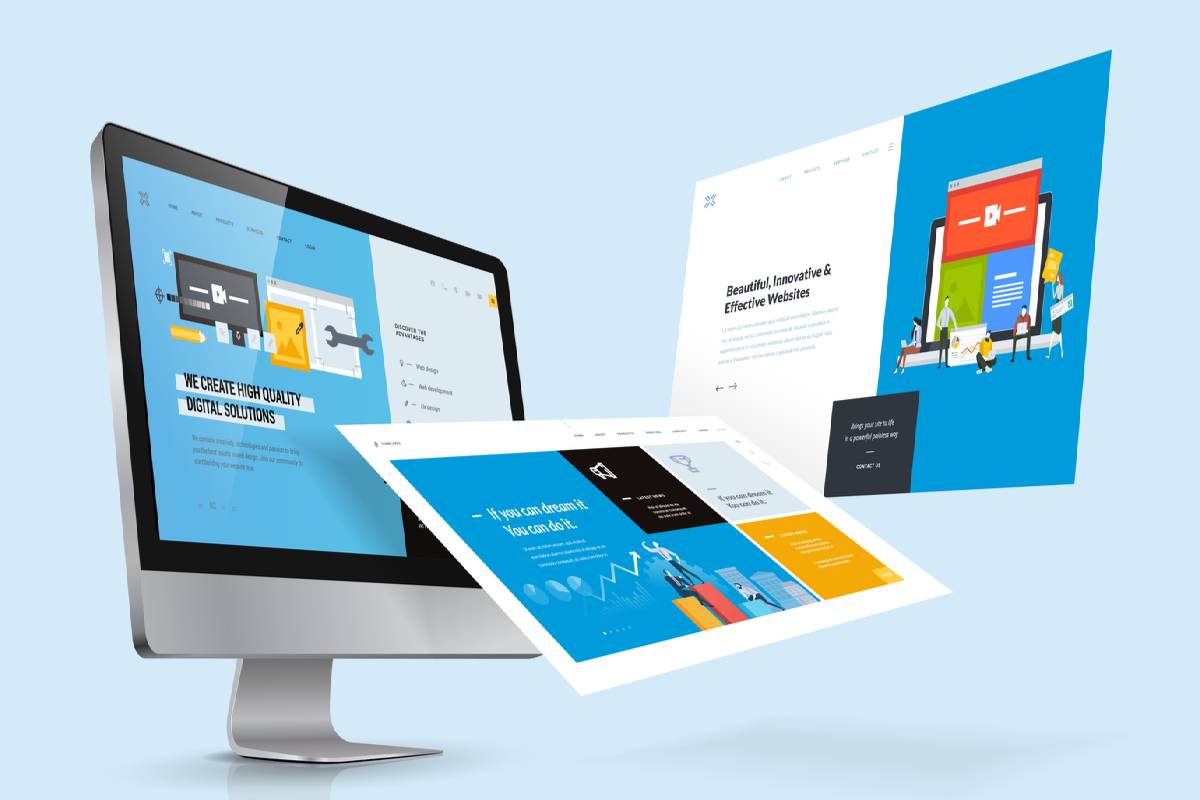SEO web design refers to the way of designing a website to make it search-engine friendly. As a result, search engines can crawl web pages efficiently, interpret their content, and index your website on their database. If you consider taking your business online, then hire a reputed SEO web design company to design your website with the proper foundation and save you from trouble later.
Here, you will come to know what goes into SEO Strategy for small businesses.
Table of Contents
Selecting the Right Domain Name:
Search engines and users get an idea about your web content from your website’s domain name only. The trick is to choose a domain name that is easy to remember, relevant to your business, and includes your primary target keyword.
Hiring a Web Hosting Provider:
Search engines give due importance to your site’s loading speed while ranking it. Site visitors do not have the patience to wait for your pages to load. They expect the pages to load instantly within seconds. So, it’s essential to choose a web hosting provider who can provide consistent speed for all your web pages.
Performing Keyword Research:
Finding the right keywords relevant to your website and using them tactfully is an essential part of SEO web designing. The key is to find specific, relevant, and long-tail target keywords.
Planning the Site’s Architecture:
If you are a small business and just making your first website, you must have just a few pages with a simple layout. But still, it’s essential to plan your site’s architecture from the beginning itself so that you have an excellent structure even when it’s time to expand.
The best is a pyramid structure, in which you have the homepage at the top, then come the most important pages, and underneath are any individual pages and subcategories.
Defining an SEO-Friendly URL:
While search engine algorithms are trying to find your web pages, your website URL is the main place they look at. It is the address of each page on your website. Each page begins with your domain name followed by more characters unique to the page. Therefore, it’s crucial to create an SEO-friendly URL for each page by incorporating relevant keywords valid for the visitors.
Designing for Speed:
The speed of your website depends on several factors, including your web hosting package, web design, used plug-ins, etc. Here are a few steps that can help improve your site speed:
- Minimize features that can reduce the loading time, such as high-resolution images and animations
- Shrink any CSS and JavaScript elements
- Reduce HTTP requests on each page
- Only use necessary widgets to minimize external scripts
Some design elements look very cool, but they end up bogging down your site by reducing its load time. So, each element included on the site should balance against the value it offers.
Using Mobile-Friendly and Responsive Design:
A considerable percentage of people browse through the internet from their mobile phones these days. Your website should have a responsive design to adjust to the screen being used by your visitors. A responsive design avoids flash and has big buttons that visitors can select on their touchscreen.
Optimizing Title Tags:
Title tags are other significant parts search engines look at to understand your web content. So, these are good spots to incorporate your target keywords. Since only 50-60 characters are displayed on the SERPs, keep title tags short with your primary keyword included.
Optimizing Images:
Images that you include on your web pages give you more opportunities to use primary keywords in your web content. Use keywords while naming your images and update alt text with the keywords as well.
Linking to Other Pages:
Internal linking within your site gives a better understanding of your website to search engines. Anchor text is the hyperlinked words that connect different pages of your website to each other. Including links is a great way to keep your visitors stuck around and reduce the bounce rate.
Writing Unique Meta Descriptions:
Meta descriptions are highly influential in increasing your click-through rate from the SERPs. When someone sees your website in the SERPs, they read your meta description underneath the page title and get an idea of what’s inside.
SEO is not a one-time affair; it is an ongoing, long-term process. You need to provide consistent value and build authority over time. Learn the tricks and do on your own or hire an SEO web design company to help. Whichever way you go, prioritize SEO and take a long-term approach to ensure progress. Remember, SEO is a slow process. So, the sooner you begin, the better results you will get.


